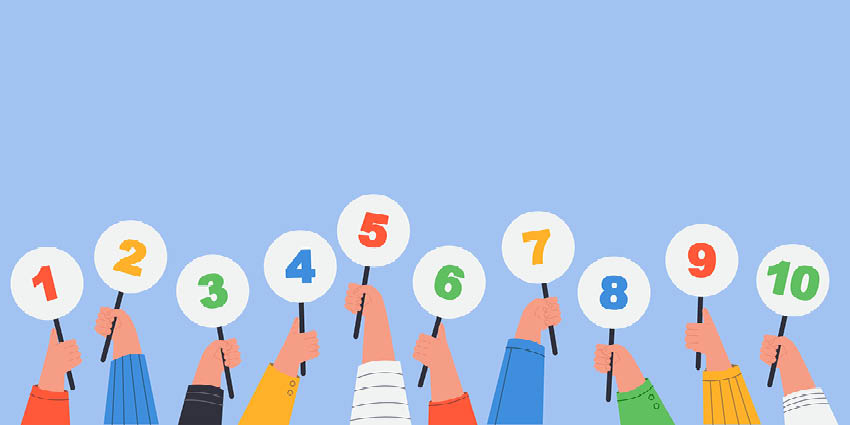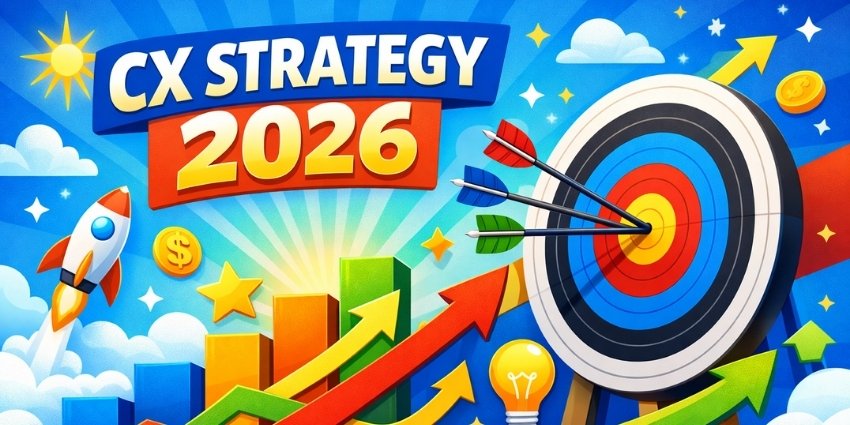A balanced scorecard provides the framework required to measure the success of CX initiatives from different perspectives. Developed by Robert Kaplan and David Norton, it helps businesses create a more comprehensive view that ensures the business strategy has the desired impact across the company.
Creating a Balanced Scorecard
Typically, a balanced scorecard splits critical business metrics into four categories: Customer, Financial, Internal Business Processes, and Learning and Growth.
However, some businesses choose other categories. For example, splitting metrics into customer, employee, and business revenue categories is another excellent example.
With these categories, contact centers can develop a report that divides metrics into these categories and measures them – preferably in real-time.
Adding benchmarks to each metric will enable leaders to see how the business is performing at a glance.
Then, the business is well-equipped to understand any gaps in the customer success strategy and address them.
Presenting the Balanced Scorecard
Building data visualization techniques into the balanced scorecard is essential to provide leaders with a quick understanding of how improvement initiatives are performing and where they are perhaps lacking.
Setting benchmarks using a red, amber, and green traffic light system helps quickly highlight performance in regards to each metric.
A dashboard that enables such a display allows leaders to quickly grasp how business performance changes, highlighting the impact of CX initiatives and how they differ from expectations.
Pitfalls to Avoid When Implementing a Balanced Scorecard
One of the biggest challenges is that businesses often do not have adequate and accurate data to calculate the metrics they wish to include on their balanced scorecard. Often, the metrics are ill-defined or exposed to bias in the case of manual scoring.
Second, it can become cumbersome to gather the necessary data and track its progress. Unfortunately, this sometimes limits its strategic value. However, with a host of tracking tools now available to businesses today, there are opportunities to change this. For instance, there are dedicated software platforms like PeopleSoft Scorecard and Corporater to create, manage, and execute a balanced scorecard and tie it to business outcomes.
As such, leaders have access to the information they need to make balanced and effective decisions around CX and solution delivery.
Uncover a set of metrics to include in the “customer” segment of the balanced scorecard by reading our article: 9 Customer Engagement Metrics to Inform Your CX Strategy







